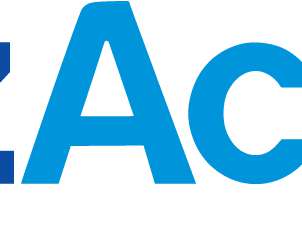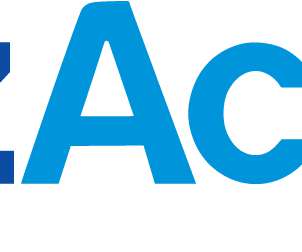Public cloud vs. private cloud vs. hybrid cloud: What’s the difference?
IBM Big Data Hub
FEBRUARY 6, 2024
A prime benefit of cloud computing for business is its flexibility for quickly and efficiently scaling resources to meet business demands, freeing organizations from investing time and expense into expanding their own physical IT infrastructure. Automation Automation tools are a significant feature of cloud-based infrastructure.














Let's personalize your content